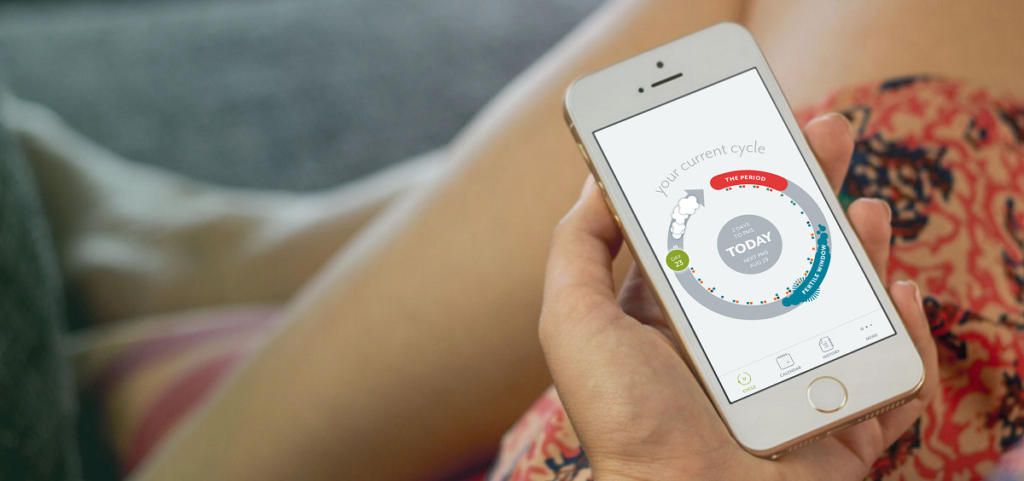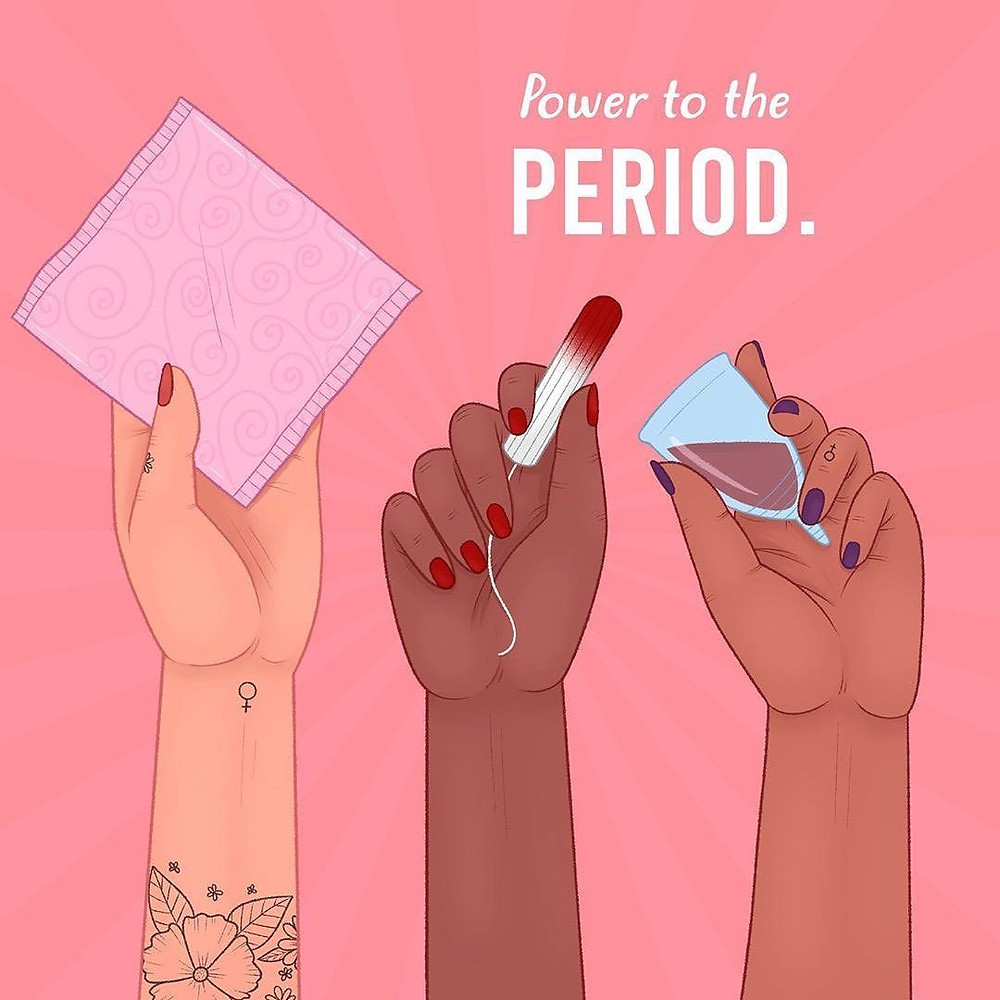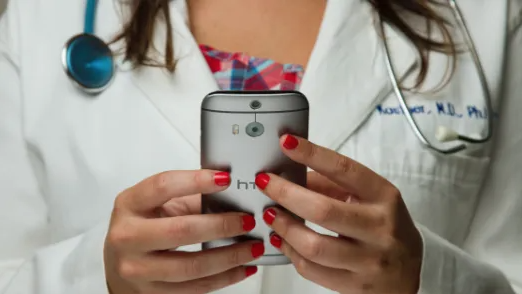Hormonal contraceptive tablets were initially sold in a bottle, just like other medications, when they were first made available to the general public in 1960.
A few years later, Ortho-Novum was the first to design the circular dispenser with the 21 days on and 7 days off schedule that so many of us are familiar with today. Periods were given a feeling of time by this dispenser since they came regularly every several weeks. Pharmaceutical firms created the “off” week to simulate a menstrual cycle because they believed that doing so would make hormonal contraception more acceptable to patients, pharmaceutical executives, and religious leaders. Another important indicator that someone is not pregnant is when they start having reasonably regular menstrual periods.
Although menstruating people have long hacked their own contraception to avoid periods around specific life events like vacations or sporting events, pharmaceutical companies didn’t start selling hormonal contraceptive pills that explicitly skipped placebo weeks in order to reduce the frequency of menstruation until the turn of the twenty-first century.
Similar to hormonal contraception, chemical menstrual suppression is the next development in what historian Sharra Vostral refers to as “technologies of passing.” Menstrual management products were the first “technology of passing,” as they enable someone who is menstruating to function normally in public.

Tampons enable swimming and bathing suit wear, and all menstrual management devices lessen the possibility of bedsheets, furniture, and clothing becoming stained with blood. However, it also seems like a good idea to those trying to survive in hustle and productivity cultures that leave less and less room for experiences like menstruation, not to mention those for whom eliminating menstruation would help affirm their gender. Menstrual suppression technologies are a logical next step in pharmaceutical executives’ quest to gain customers.
Although the acceptance of menstrual suppression technology was initially fairly low, it has significantly increased over the past few decades, in large part because of pharmaceutical companies’ promotion and vociferous doctors’ advocacy. And part of what we need for a period-free (or period-free for some) future is expanded access to menstrual suppression technology.
Menstrual Suppressions and Manipulations
The majority of menstrual suppression technologies consist of various hormonal contraceptives, which menstruation bodies do not handle nearly as well as most of us think. In numerous studies, roughly half of those using hormonal contraceptives stop using them. Even people who use hormonal contraception consistently frequently face unpleasant side effects, which they put up with as a necessary price to avoid getting pregnant or menstruation.
Menstruating people should continue using hormonal contraceptives as long as possible for a variety of reasons, including population control efforts around the world, teen pregnancy prevention, and pharmaceutical firms. Menstruating people might not always be as invested in management and suppression technology, at least not to the same extent.

The most popular intervention for promoting the continuation of hormonal contraceptives, direct, in-person counseling, does not raise the rate at which people choose to continue using hormonal contraceptives, according to a recent Cochrane review—effectively, the gold standard in health care if you’re trying to assess the quality of evidence. In the articles they sampled, anything between 25 and 50 percent of people using a specific hormonal contraception regimen stopped using it throughout the study period.
One recent study found that people may overestimate how frequently they use hormonal contraception by comparing self-reported continuation rates to actual pharmacy claims. Sometimes people skip a month because they forget to acquire their prescription in time, it costs too much, they aren’t having sex that could lead to conception, or they don’t like the way the hormonal contraception makes them feel and need a vacation from it.
Hormonal contraception is inconvenient, especially shorter-acting methods including pills, rings, patches, and injections. Users frequently experience amenorrhea, irregular bleeding, and excessive bleeding in addition to side effects include weight gain, nausea, vomiting, dizziness, and depression. Two trials found that users with negative side effects who received counseling showed some improvement in continuing, although the reliability of the result was questionable. Keep in mind that the purpose of these trials was to determine how individuals experiencing severe side effects could continue using hormonal contraception.
The persistent use of chemical contraceptives, which hurt around half of those who use them, is driven by dread of pregnancy, especially the concern that the wrong person may become pregnant (such as a teenager or a brown or Black person).

The intrauterine device, or hormonal IUD, is plagued with significant adverse effects and high dropout rates. Nearly half of the 161 women in one study who had the hormonal IUD implanted at one hospital in the United Kingdom had to have it removed because of side effects like “bloating, headaches, weight gain, depression, breast tenderness, excessive hair growth, greasy skin, acne, and sexual disinterest.” These women were excellent candidates for the hormonal IUD because they had undergone a gynecological exam and, in most cases, a hysteroscopic examination of their uterine cavity to rule out the presence of fibroids or other lesions that might make the procedure more difficult.
When patients asked for the IUD to be removed early, the doctors who dispense hormonal contraception who participated in the study were less than sympathetic. When patients in this sample were unhappy with their IUDs for any reason, the doctors were frequently irritated. A doctor from the study admitted that he made an effort to convince as many individuals as possible to use them: “I don’t aim to influence women’s decisions, but I do try.
In the same way, I don’t want to be the one making the decision, but I do want to help them make the best choice possible. But I typically claim that it’s my preferred approach. And I frequently claim that it’s our easiest and most effective technique. Doctors frequently discouraged patients who requested to have their IUD removed by advising them to wait a few more months to see if their symptoms improve. While many medical professionals emphasized the value of patient autonomy, others only reluctantly agreed. Some others voiced displeasure or disagreement with their patients. These coercive positions are in opposition to the more general objectives of reproductive justice.
Gynecologists frequently view their job in family planning as one in which they prevent as many unintended pregnancies as they can, particularly by enrolling as many patients as they can in long-acting treatments (such the IUD, Depo Provera, or implant). The psychologists Patrick Grzanka and Elena Schuch point out that this is a direct result of the original goals of fertility control, which were presented as a means of enhancing personal autonomy and were initially targeted exclusively at white women. However, various people will feel and respond to pressure to use long-acting contraception in different ways, resulting in a type of “conditional agency” based on their race and gender.

Physicians are instructed to recommend contraceptive methods with an excessive emphasis on a product’s efficacy to prevent pregnancy, rather than its negative effects or the user’s ability to quit and start using it whenever they want. This restricts the patients’ capacity to establish their own priorities to guide their decisions.
Physicians also downplay the discomfort associated with IUD insertion, in addition to discouraging patients from having their IUDs removed and even acknowledging how challenging it might be to find a doctor willing to do so. For instance, science fiction novelist Monica Byrne recently related the incident of a unanesthetized IUD implantation to her followers on Twitter.
The responses that followed showed how frequently procedures involving the insertion of IUDs, IUD removal, hysteroscopy, and endometrial biopsy deter menstruating people from receiving local or systemic anesthesia. It is difficult to obtain research that examine how to manage discomfort during these operations; the most current meta-analysis I could find on local anesthetic for IUD insertion was from 2018 and consisted of just 11 papers. People in the Twitter thread recounted accounts of health insurance providers who had refused to pay for better IUD insertion techniques, such as ones that used ultrasound instead of feel.
The discomfort was compared to childbirth in many of the Twitter tweets detailing insertions where the respondent was not offered or denied pain medication. The flippant comments from their doctors horrified many of these individuals as well. It’s like they built gaslighting into the pre-op, Byrne said in response to one tweet. Despite the fact that the IUD had also caused them a great deal of discomfort and even trauma, several responses, including the original sharer, expressed gratitude for and/or approval of the device. Contraceptive and menstrual suppression technologies are necessary for many people, yet they can be very expensive for each individual.
Many people find that menstruation suppression and safe and efficient contraception are essential medical advances, particularly as access to abortion continues to be restricted. However, the majority of people who try the main form of reversible menstrual suppression find it bearable, at best. As far as I know, there are currently no treatments being studied that can reversibly suppress the period without hormonal manipulation. I find it hard to believe that such little research and development went into these items, which primarily impacted cisgender men. And while working to expand access to what we now have, we must be prepared to criticize the structures that have caused so many people to have ineffective contraceptive options.

It is not intended to be a rejection of hormonal contraception. It’s about achieving something that benefits a larger group of people.
Therefore, promoting structural solutions for the advancement of feminist technology to enhance menstruation suppression for those who want it will be a part of my period future. Improved regulation and regulatory control are required for the creation of novel techniques to reversibly end menstruation. For biotech and pharmaceutical businesses to work on cutting-edge medicines, we need tax monies and other financial incentives. Additionally, we need to increase the representation of menstruation people in these industries’ gender ratios so that more of them can decide how funding for research and development departments is distributed.
I’d love to think about a period future that is more inclusive of menstrual bodies. I frequently find it difficult to see a just future, let alone to release my children from my sight, in light of the assaults on reproductive justice, mass shootings, forced detransitions, and our ongoing climatic disaster. But if we want to have any chance of obtaining a better present and a better future, we need these dreams. We need to envision a time in the future when we recognize that we are physical beings with bodies that require care and love, that each body has a unique set of needs, and that our minds reside within these bodies and function best when we don’t neglect the home.
More than self-care or body positivity, I am a supporter of the radical—but not new or novel—idea that people deserve dignity, which entails not only accepting but also honoring and observing all individuals.
I contend that menstrual liberation entails increasing our visibility as menstruation people while striving to guarantee that our demands are taken into account alongside those of our community and the world. A crucial first step in taking this direction is to change the way we phrase our inquiries on menstruation. When a scientist attempts to provide a risk assessment on a specific issue, as the botanist Mary O’Brien has persuasively argued, it means adopting a specific cultural frame: how much harm a given individual, community, or ecosystem can tolerate.
Risk evaluation thus asks: What concentration of volatile organic chemicals in menstruation pads is too much? when it comes to menstrual concealment and management. How long can a person use a tampon before getting sick? How many menstruation items can be disposed of in a landfill before phthalates start to seep into the groundwater? Or in the case of menstruation suppression, what has the fewest adverse effects and the greatest effectiveness for the greatest number of people?
Instead of using alternative evaluation questions, O’Brien notes that asking these kinds of questions “is to contribute to the currently dominant, but suicidal, assimilative capacity approach and practices of our society.” Questions about alternative assessments use a different viewpoint.
What alternatives do we have, in the pursuit of menstrual liberation, to the manufacture of menstruation products that include dangerous endocrine-disrupting chemicals? What alternatives do we have to a life so jam-packed with obligations or a lack of privacy that forces women to wear these things for 12 or more hours at a time while they are menstruating? What are the alternatives to suppression techniques that are not acceptable or effective everywhere? Max Liboiron reminds readers in Pollution Is Colonialism that there is no “away” where we can throw plastics without ultimately doing harm to someone else. Plastics are here to stay.

Menstruating people also have nowhere to hide their filthy, leaky bodies, and, to be honest, those in positions of authority will continue to observe and make fun of them whether or not their bodies adhere to their standards of decency and professionalism. What menstruation concealment and suppression technology could promote our autonomy with the least amount of harm, according to a risk assessment perspective? A perspective on alternative assessments would inquire as to whether suppression and concealment are the only choices available.
My own alternatives analysis, or “period future,” envisions a time when we have easy access to menstrual management products that are both safe and simple to use, where we don’t have to rush out the door because our pads are completely saturated, and when we know that the products we can easily get our hands on and that work for us don’t harm us or hasten climate change.
Even rooms where folks could occasionally relax with a hot pad and some ibuprofen come to mind. People would expect care work from each other at home, at school, at work, and in public, and bio-breaks would be incorporated into the day. In our culture, openly carrying a tampon is as commonplace as openly wearing a hair clip, and talking about how to take care of our bodies doesn’t make us seem weak.
It is indeed disability justice if this seems like it. Leah Lakshmi Piepzna-Samarasinha discusses the “crip skills” people with disabilities have evolved to navigate society in her book Care Work: Dreaming Disability Justice. She explains how these skills enable them to solve problems, provide support for one another, and adapt to new surroundings. All of us who have bodies require these skills for two reasons. First, disability is a liminal category that people can enter and exit throughout their lives. For example, we can break an ankle, get a chronic illness, or require recuperation time following surgery.
Second, when we think of accessibility as the cornerstone of justice, our present and future become better. When I think about access, I think about love, Piepzna Samarasinha claims.
Would I still want to exclude my periods from my life if my surroundings were more welcoming and accessible to bodies that are menstruating? I’m not sure. I am aware that trying to control my body in order to function in this environment has worn me down. As I’ve gotten older, I’ve discovered that I’m more interested in having the world accept and make room for me, as well as my friends, coworkers, and loved ones, than I am in changing myself to fit the world.
Menstruating persons require safe methods of managing their periods, including ways to stop them, treatment and care for their chronic illnesses, and a radical rethinking of their place in society, particularly in public. Futures from a certain era may be complicated since they are inconsistent, dynamic, and adaptable at times. Perhaps we should take into of the fact that no menstrual alternatives assessment or technology can ever be ideal. However, there is much to be gained from attempting, including autonomy, community, connectedness, and effort toward a just and safe world.
Download The Radiant App To Start Watching!
Web: Watch Now
LGTV™: Download
ROKU™: Download
XBox™: Download
Samsung TV™: Download
Amazon Fire TV™: Download
Android TV™: Download
